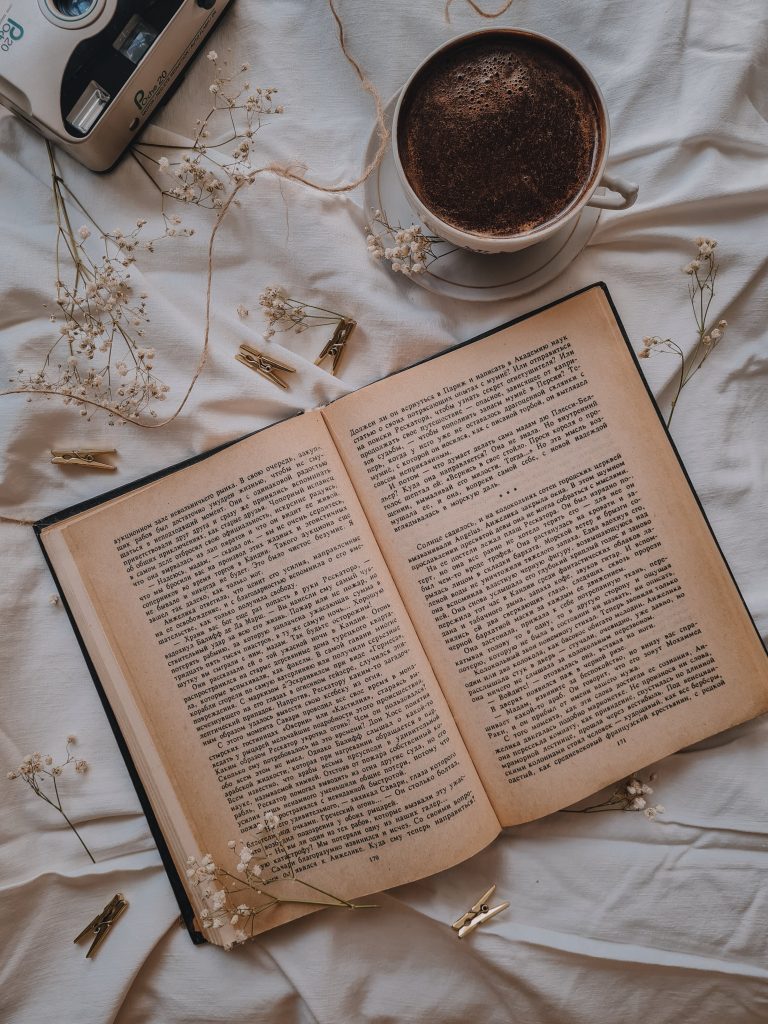Book Aesthetic: The Allure
The allure of book aesthetic in today’s digital age, where e-books and audiobooks have gained popularity, may seem like the physical appearance of books has lost its significance.
However, for book lovers and enthusiasts, the visual appeal of books continues to hold a special place in their hearts.
The concept of book aesthetics goes beyond the words written on the pages; it encompasses the cover design, typography, illustrations, and overall presentation of a book.
Book aesthetic have the power to captivate readers even before they delve into the content.
A beautifully designed cover can catch the eye, spark curiosity, and entice individuals to pick up a book they may have otherwise overlooked.

It sets the tone for the reading experience, allowing readers to form an instant connection with the story or subject matter within.
Moreover, book aesthetic contribute to the overall reading experience, enhancing the immersion and enjoyment of the text.
Beyond personal enjoyment, book aesthetics also play a crucial role in the publishing industry.
Publishers and authors understand the importance of creating visually appealing books to attract readers and stand out in a crowded marketplace.
A well-designed book can act as a powerful marketing tool, enticing potential readers and conveying the book’s essence in a single glance.
In this blog post, we will delve deeper into the power of book aesthetics and explore why they matter.
We will discuss how book aesthetics can enhance the reading experience, the impact they have on the publishing industry, and how readers can appreciate and engage with the visual appeal of books.
So, whether you’re a dedicated book lover, a curious reader, or someone involved in the world of publishing, join us as we uncover the allure and significance of book aesthetics.
The psychology behind book aesthetic
When it comes to books, it’s not just about the words on the page.
The visual appeal of a book, also known as its aesthetic, plays a significant role in attracting readers and enhancing the reading experience. But why exactly does book aesthetics matter?
Understanding the psychology behind book aesthetics can shed light on this matter. Human beings are highly visual creatures, and our brains are wired to respond to visual stimuli.
When we come across a visually appealing book cover or see an aesthetically pleasing book display, it captures our attention and piques our curiosity.
Research has shown that people are more likely to be drawn to visually appealing objects, including books.
The colors, images, typography, and overall design of a book can evoke emotions and create an initial connection with potential readers.
A well-designed cover that reflects the genre, theme, or mood of the story can provide subtle hints about the narrative, captivating readers before they even open the book.
On the other hand, a poorly designed cover may lead to negative perceptions and deter potential readers from exploring the book further.
Book aesthetics also play a crucial role in brand identity and recognition. A consistent and visually appealing book design can help establish an author’s brand in the minds of readers.
Think of iconic book series, their distinct and memorable aesthetics have become synonymous with the stories themselves.
Furthermore, the visual appeal of books can enhance the reading experience.
Beautifully designed book pages, such as unique fonts, chapter headings, or illustrations, can heighten engagement and immerse readers deeper into the story.
In conclusion, the psychology behind book aesthetics is rooted in our innate visual preferences and the impact of visual stimuli on our perception and engagement.
How book aesthetics enhance the reading experience
There’s no denying the allure of a visually appealing book. From the moment you lay eyes on the cover, the aesthetics of a book can have a profound impact on your reading experience.
The power of book aesthetics goes far beyond mere superficiality. It plays a crucial role in enhancing your connection with the story within its pages.
First and foremost, the cover design sets the tone and captures the essence of the book. A well-designed cover can instantly transport you into the world of the story, evoking emotions and sparking curiosity.
It serves as a visual invitation, enticing you to delve deeper into its pages. But it doesn’t stop at the cover. The layout and typography within the book also contribute to the overall aesthetic appeal.
A thoughtfully designed interior can enhance readability, making it easier to navigate through the chapters and absorb the content.
Clear and visually pleasing fonts, well-spaced margins, and visually appealing chapter headings all contribute to a more enjoyable reading experience.
Furthermore, book aesthetics extend beyond the physical realm. In the digital age, where e-books and audiobooks are increasingly popular, the visual elements are just as important.

E-books with carefully curated formatting, beautiful typography, and engaging visuals can replicate the immersive experience of a physical book.
The power of book aesthetics lies in its ability to create a multisensory experience. The visual appeal of a book can ignite your imagination, setting the stage for the story to come alive in your mind.
It adds an extra layer of depth and richness, making the reading experience more vivid and captivating. In conclusion, book aesthetics matter.
The visual appeal of a book, from its cover design to its interior layout, has a profound impact on how we connect with the story.
The impact of book aesthetics on book sales
In today’s world, where digital content is increasingly prevalent, the visual appeal of physical books may seem less important.
However, the truth is that book aesthetics play a significant role in attracting readers and driving book sales.
When browsing through a bookstore or scrolling through online bookshelves, readers are naturally drawn to books that catch their eye.
A visually appealing cover can instantly capture a potential reader’s attention and create the desire to pick up the book, read the synopsis, and ultimately make a purchase.
Book aesthetics go beyond just the cover design. The overall layout, font choice, and illustrations within the book also contribute to the overall visual appeal.
These elements can enhance the reading experience, making it more enjoyable and memorable for the reader.
Furthermore, book aesthetics can also have a psychological impact on potential readers. A well-designed, visually pleasing book cover can create a sense of professionalism, credibility, and quality.
It can convey the genre, tone, and theme of the book, giving readers a glimpse into what lies within its pages.
In the digital age, where book buying often occurs online, the importance of book aesthetics becomes even more pronounced.
With countless books available at just a click away, readers rely heavily on book covers and visual cues to make quick decisions about what to read next.
Publishers and authors understand the power of book aesthetics and invest time and effort into creating captivating covers and layouts.
They know that a visually appealing book has a higher chance of standing out among the competition and attracting readers.
In conclusion, book aesthetics have a significant impact on book sales. A visually appealing cover and overall design can catch the attention of potential readers, convey the essence of the book, and create desire and curiosity.
Tips for creating visually appealing book covers
When it comes to books, we so often hear the phrase “don’t judge a book by its cover.” In reality, book covers are vital in grabbing readers’ attention and persuading them to pick up a book.
The visual appeal of a book can make a significant difference in its success. If you’re an author or a publisher looking to create visually appealing book covers, here are some tips to consider.
Firstly, it’s essential to understand your target audience and the genre of your book. Different genres have their own unique visual aesthetics. A romance novel may feature soft, pastel colors and floral elements.

A thriller will have darker hues and a more mysterious vibe. Researching and analyzing successful book covers within your genre can provide inspiration and give you an idea of what works.
Secondly, focus on creating an eye-catching and well-balanced composition. Consider using striking imagery or illustrations that convey the essence of your story.
Experiment with typography to find a font that complements the overall design and is easily readable. Avoid clutter and aim for simplicity, as clean and minimalist designs tend to be more visually appealing.
Colors also play a crucial role in book aesthetics. Choose a color palette that evokes the mood or atmosphere of your story.
Warm tones can create a sense of warmth or nostalgia, while cool tones can convey a feeling of mystery or intrigue.
High-resolution and professionally designed visuals will make your book cover look polished and appealing.
Lastly, always remember to test your book cover designs with your target audience or potential readers. Their feedback can provide valuable insights and help you make any necessary adjustments before finalizing the cover.
Conclusion: Embrace the power of book aesthetics to enhance your reading journey
FAQ
A compilation of images, music, quotes, and even video that help tease out the artistic feel of a story.
Relating to the enjoyment or study of beauty, or showing great beauty.
The philosophical study of beauty and taste.




